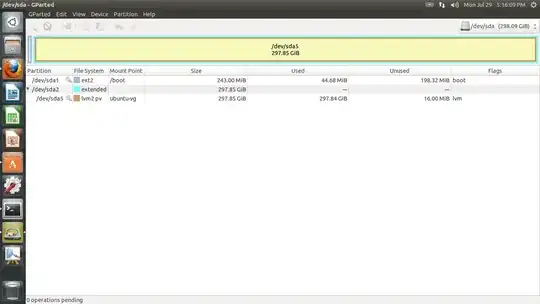Okay, so here's my mini-guide to disk referencing in Linux.
This is a simple partition table, and allows me to work easily explaining what it all means. You have two primary partitions here: /dev/sda1/ and /dev/sda2/.
/dev is short for 'device'. It is the special filesystem which contains nodes describing devices found and recognized by the system. For example, sda is your hard disk, /dev/sr0 refers to CD-ROM and /dev/psaux to mouse. sda1 and sda2 are both primary partitions.
sda1 is where GRUB files are stored and is the partition that your system boots into.sda2 is an extended partition. An extended partition is a type of logical partition that has the ability to split itself up into numerous partitions. You may ask, 'Why would you need this when you create other partitions?'. Well, because the MBR partition table only allows up to four primary partitions, extended partitions allow you more; extended partitions also make it a lot easier to manage dual booting systems. sda2 is an extended partition that may contain multiple partitions within itself, but it must be primary partition.sda5 is the Ubuntu OS and all of it's storage. When you click on 'file system' in Ubuntu, you're looking at the data in sda5.
To answer your question about being able to partition this space into volumes: yes you can. For example if you want to create a separate partition for storage, you would remove some space from /dev/sda5, and create a new volume — logical partition under /dev/sda2, your extended partition. Refer to this instruction for more details.
Summary: /dev/sda is where GRUB is stored, /dev/sda1/ is where GRUB files are stored. /dev/sda2/ is extended partition and /dev/sda5 is where your OS and storage are. Yes, you can partition this space into volumes, not like you can in Windows, but it is possible.
If you have any more questions, feel free to ask. Sorry if I've left anything unclear.
